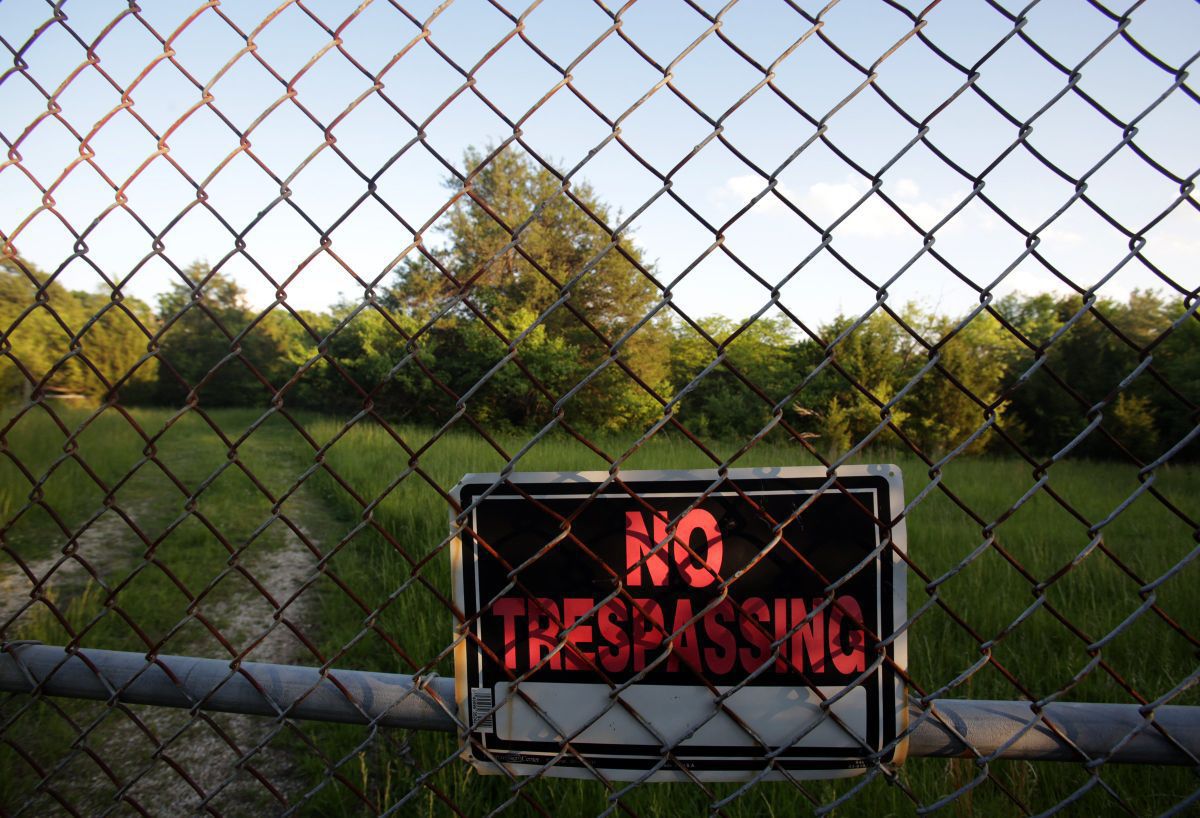
Wildwood officials are asking the Environmental Protection Agency to put their contamination worries about its Superfund site to rest with a cure-all test: a geophysical survey, which is like an MRI of the earth.
That’s what more than a dozen city officials, an environmental consulting firm, and state representatives urgently proposed to a team of top EPA officials who work in Missouri at a closed meeting Friday in Wildwood, Mayor Jim Bowlin said.
The safety of a couple of patches of land called the Ellisville Superfund site that are next to Wildwood homes on Strecker Road has been in question for years. Infamous waste hauler Russell Bliss dumped toxic waste there more than four decades ago.
The EPA cleaned the site, but it had to come back to certain parts of it more than once after discovering it had missed some dioxin contamination.
Earlier this year, the agency announced plans to de-list a part of the Ellisville site called the Callahan subsite. The de-listing would mean the EPA is no longer responsible for it, and it could open the doors for development of that site.
The EPA insists that there is no safety risk to residents, but Wildwood officials and residents are skeptical. The EPA’s data are too convoluted and too patchwork to provide convincing and comprehensive proof that the site is, without a doubt, clean and safe for building new homes, they argue.
Curtis Carey, regional public affairs director of the EPA, said in an emailed statement Friday night that all the data the agency has collected and analyzed to date shows the Callahan site is “suitable for deletion from the Superfund listing, which is what the agency proposed in March of this year.” He said state officials concurred with that plan.
“We do not have any specific time frame in mind for making a final decision and look forward to working with the city to address their questions,” Carey said.
Bowlin said the data on the site “just ultimately ends up being all over the place.”
“We need to get the facts,” Bowlin said. “We still don’t know enough to say with certainty, or as close to certainty as we can get, that this site is OK.”
So the city’s leaders – the mayor, city administrator, city attorney, their environmental consultant, and council members from affected wards – collaborated on a brief report that summarizes what they know up to this point, both from the EPA’s reports and the independent environmental consulting Wildwood paid thousands of dollars for.
The report, finalized late Thursday, called the EPA’s testing of the Callahan subsite “incomplete and inadequate,” buttressing the doubts and distrust that several residents have of the EPA’s assurances.
The report claims the EPA failed to perform “reliable groundwater sampling” and did not do a comprehensive survey to confirm that its cleanup actually removed all contamination from the site.
The Wildwood team also did a report on Strecker Forest, a site across the road from Callahan that had been slated for home development until its environmental safety was thrown into question. That report argued that the EPA’s standard for testing for dioxin was too low.
Wildwood officially requested the EPA to do geophysical surveys of Callahan, Bowlin said.
A geophysical survey can use electromagnetic and other technology to give a comprehensive scan of the earth more than a hundred feet underground, whereas the EPA’s testing didn’t go deeper than a few feet.
It can detect contaminants and also show what’s going on in the groundwater, where surface water flows, and where porous and penetrable karst rock is located. If there are any toxic waste drum fragments or other debris left over from the EPA’s cleanups, a geophysical survey would find those too.
Such a survey would cost the EPA $35,000 to $40,000, as estimated by Wildwood’s environmental consultant, Mundell and Associates.
- Publish my comments...
- 0 Comments
